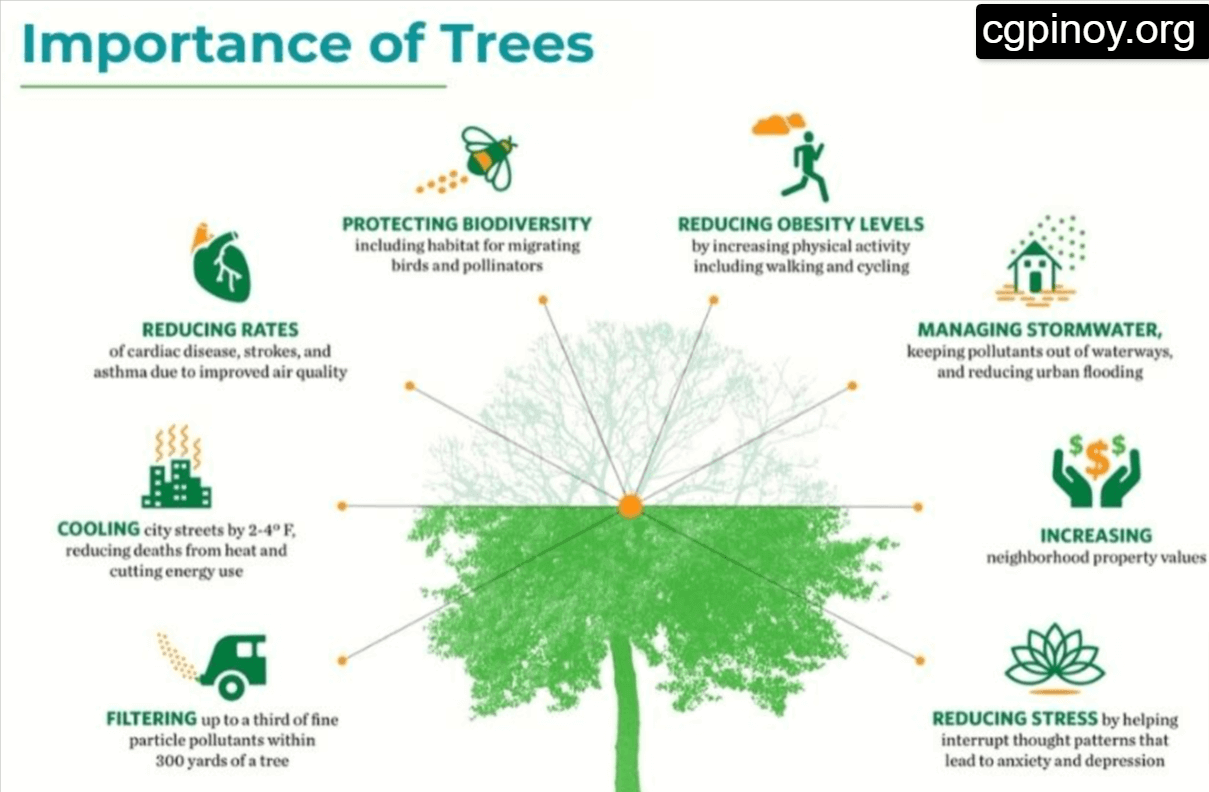Trees are not only a beautiful addition to any landscape, but they also provide essential benefits such as shade, oxygen, and habitat for wildlife. However, just like any other living organism, trees can be vulnerable to pests and diseases that can harm their health and, in some cases, even kill them.
One way to protect your trees from such threats is through tree spraying, a process that involves applying chemical treatments to trees to prevent or control the spread of pests and diseases.
In this article, we will explore the importance of tree spraying, the types of pests and diseases that can affect trees, and the best practices for tree spraying.
Types of Pests and Diseases that Affect Trees
There are numerous types of pests and diseases that can affect trees, and they vary depending on the species of the tree and its location. Common pests that can attack trees include aphids, mites, beetles, and caterpillars. These pests can damage the leaves, bark, and branches of the tree, affecting its overall health and appearance. Diseases such as fungal infections and bacterial blights can also affect trees, causing discoloration, wilting, and even death.
The Importance of Tree Spraying
Tree spraying is an essential tool for protecting trees from pests and diseases. It involves the application of chemical treatments to the tree’s foliage, branches, and trunk, creating a protective barrier against harmful organisms.
Tree spraying not only prevents the spread of pests and diseases but also helps to improve the overall health of the tree, ensuring that it can continue to provide its essential benefits for years to come.
Best Practices for Tree Spraying
Tree spraying is not a one-size-fits-all solution, and it requires careful consideration of several factors, including the type of tree, the specific pest or disease, and the surrounding environment. To ensure the best results, it’s essential to follow some best practices when spraying trees. These include choosing the right chemicals for the job, using the proper equipment and techniques, and considering the environmental impact of the treatments.
When to Seek Professional Help
While tree spraying can be done by homeowners, it’s not always the best option. If you’re not confident in your abilities or if the situation is particularly severe, it’s best to seek professional help. Professional arborists have the experience, knowledge, and equipment necessary to identify and treat a wide range of pests and diseases effectively.
READ MORE:-10 Fast Cash Options to Get You Through a Financial Emergency
Conclusion
Tree spraying is an essential tool for protecting trees from pests and diseases. By taking the time to understand the risks and best practices, you can ensure that your trees remain healthy and beautiful for years to come.
Whether you choose to do it yourself or seek professional help, tree spraying is a critical investment in the long-term health of your trees and your landscape as a whole.



